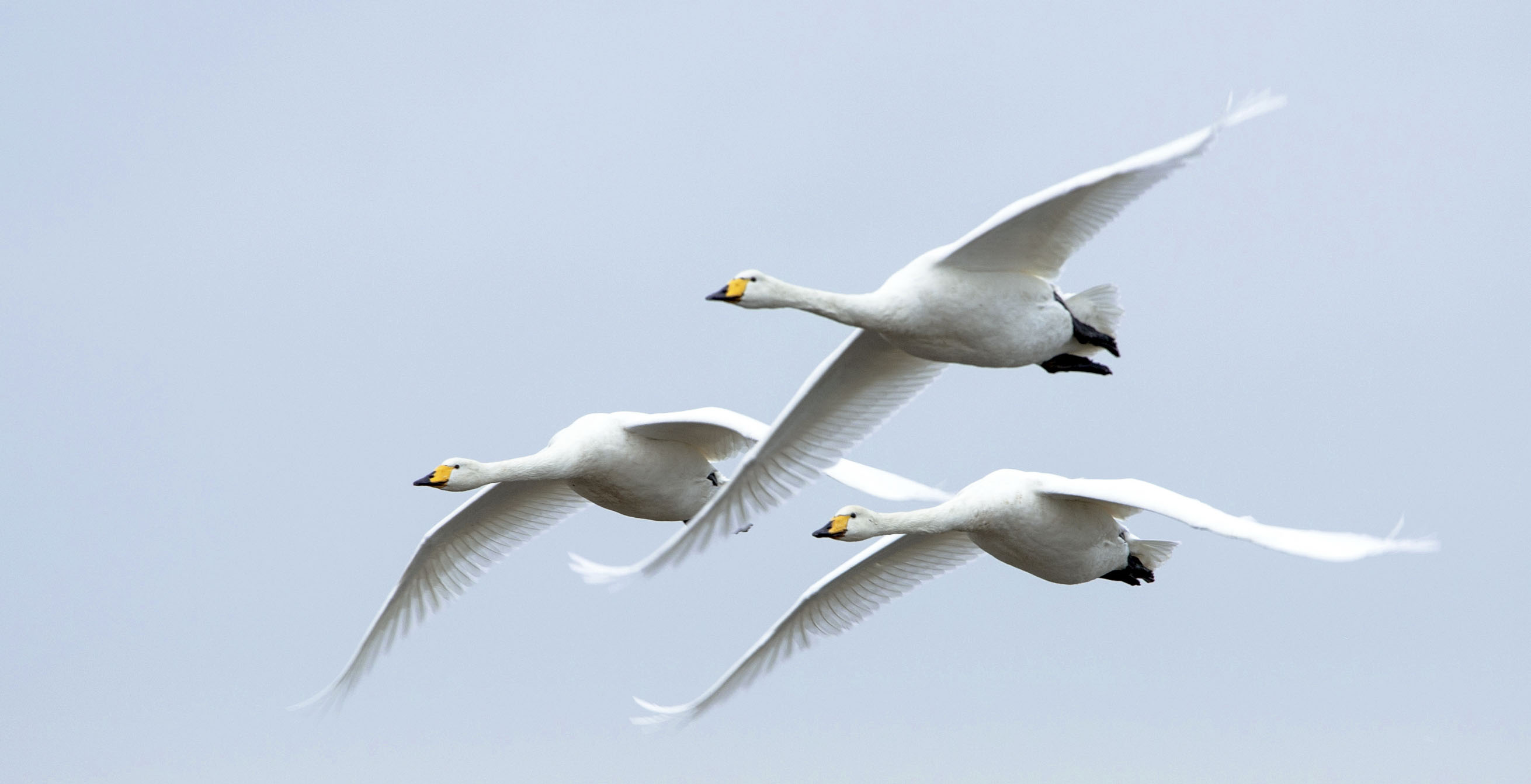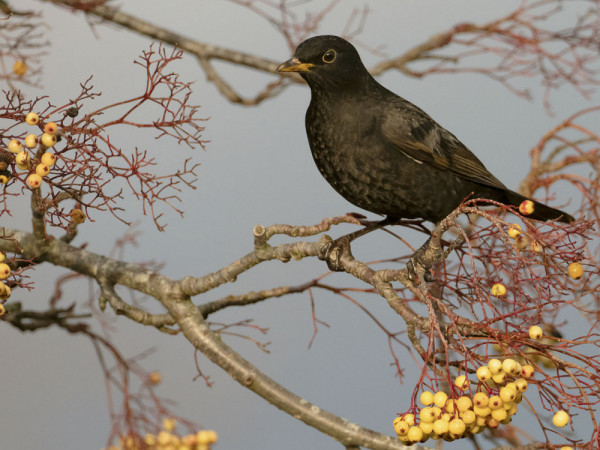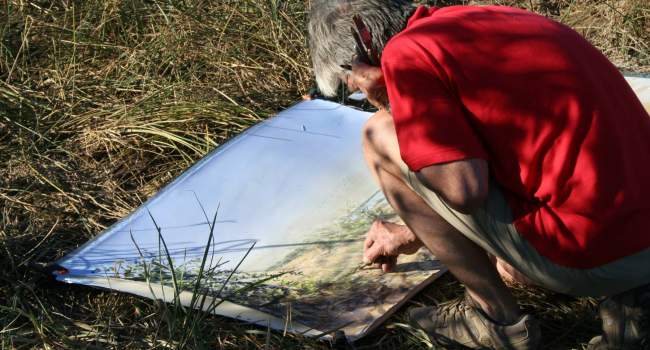
Migration blog (30th October – 5th November)
As the clocks went back last weekend, the feeling that autumn migration was past its peak grew, and those species that were migrating had a distinct wintery feel to them. Reports of Whooper Swan increased and the BIrdTrack reporting rate took a noticeable jump as more people added them to their BirdTrack lists. Breeding in Iceland, Whooper Swans are the first of the ‘wild’ swans to arrive in Britain and Ireland with the Siberian-breeding Bewick’s Swans arriving from early November.
Reports of both Snow Bunting and Twite also finally increased – after what has been a slow autumn for them so far – with birds arriving at traditional wintering sites during the past week. Still a little behind their historical reporting rates, any colder weather over the next couple of weeks should see more birds arriving.
Common Crossbill records also remained high last week with some large flocks reported from a number of sites, making it a good autumn for this species. Some of these flocks also played host to their stockier and bigger-billed Parrot Crossbill cousins. Those were still low in numbers, but could these just be the first few birds of a much larger invasion from Scandinavia to come?
With predominately westerly winds, new arrivals of birds from the east were much reduced and indeed reports of species such as Yellow-browned Warbler were far lower than previous weeks. Most reports came from western locations and inland sites, indicating these are most likely birds that arrived a week or more ago and are making their way south and west through the country. This inland theme was certainly appreciated by some, with a couple of inland records of Red-flanked Bluetail occurring – much to the delight of some county listers, who were able to add this once mythical rarity to their county lists! Several Siberian Chiffchaffs were also seen, mostly on the Shetland Isles, but some made their way further south during the week. This is a good species to look for at sewage works where they can be found alongside wintering Chiffchaffs.
The past week also saw a few more Waxwings arriving. However, these were in very small numbers mostly consisting of single birds. At the moment it's not looking like it is going to be a Waxwing winter, but let's see what the next few weeks provides.
For those seeking out rarer species, the highlights of the past week were an Indigo Bunting (third British record) and Rose-breasted Grosbeak (predicted in the last migration blog!) on the Isles of Scilly and an East Siberian Wagtail (a subspecies of Pied Wagtail) on Unst, Shetland, which would the first record for Britain if accepted.
Any north-easterlies at this time of year should result in birds arriving from Scandinavia.
Looking ahead
The westerly winds look set to dominate the forecast over the weekend, with strong winds and rain for most parts. This low-pressure system is swiftly followed by a couple of other low-pressure systems, with one in particular tracking across from America over the weekend and making landfall on Britain and Ireland's coasts early Monday morning. This looks like it could provide a late flush of American vagrants. Species like Chimney Swift, Grey-cheeked Thrush, American Robin, both Laughing and Frankilin's Gull and Killdeer are the most likely, however, with record numbers of Evening Grosbeaks on the move across North America, perhaps we could be graced with one of these magnificent birds.

As these low-pressure systems move across and away from Britain and Ireland, they drag in some winds from Iceland which could provide ideal conditions for Whooper Swans to arrive in bigger numbers, as well as Purple Sandpipers from as far away as Greenland. These north-westerly winds could also bring the first good arrival of Iceland and Glaucous Gulls to northern parts. These white-winged gulls are popular species with many patch birdwatchers. Towards the middle of the week the winds swing across from north-westerlies to northerlies, then north-east, and finally, by Thursday, to an easterly direction. The brief northerly winds could open the door for the first good Little Auk arrival of the year. This small cousin of the Guillemot is a fond favourite and even has the habit of latching on to migrating flocks of Starling, and can literally turn up anywhere. Any north-easterlies at this time of year should result in birds arriving from Scandinavia with Blackbird, Redwing, Fieldfare, Bewick’s Swan, Pale-bellied Brent Geese, Starling and Goldcrest all typical migrants for this time of year. Any days with a north-easterly wind and rain early morning could produce a ‘fall’ of freshly arrived birds. Scarcer species could include Hume’s Warbler, more Red-flanked Bluetails, Pied Wheatear, Black-throated Thrush or maybe a Siberian Rubythroat.







Share this page